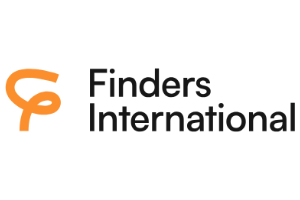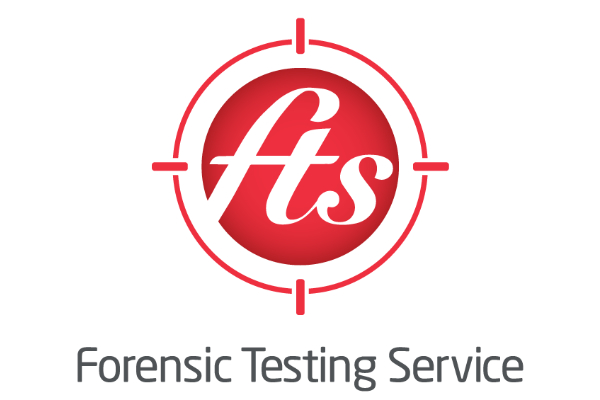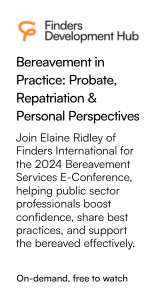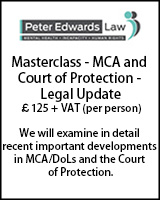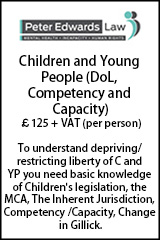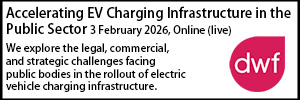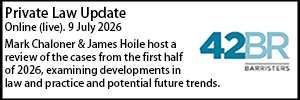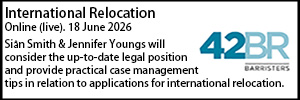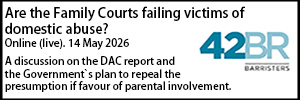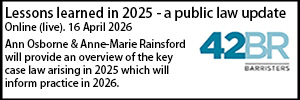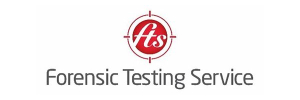The way forward for CQC – something old, something new….
- Details
Carlton Sadler and Siwan Griffiths look at the principal findings of the Dash and Richards reports into the Care Quality Commission and the Single Assessment Framework.
Ever since CQC reduced levels of inspections during the pandemic, and its subsequent introduction of the new Single Assessment Framework (“SAF”), concerns have been expressed across the health and social care sectors regarding the robustness of the regulatory regime and its ability to provide a true and up to date picture of the quality and safety of services. Details of many of these concerns are discussed in previous articles. This month marks the publication of two landmark reports which set out a path for how regulation will improve:
- Dr Penny Dash’s final report on her Cabinet Office commissioned review into the operational effectiveness of the Care Quality Commission; and
- Professor Sir Mike Richards’ review of the SAF and its implementation
These reports provide some indication as to how CQC may move towards correcting the deficiencies in the current regulatory regime, which we believe will be welcomed by providers and other stakeholders. However, the light at the end of the tunnel may be coming from behind, as it appears that many of the recommendations for how CQC should remedy the issues are to be found in a return to previous ways of working.
Both reports acknowledge that there is much work for CQC to do to correct deficiencies in the regulatory regime and we will need to await the detailed outputs from CQC over the next few months. However, in this alert, we highlight some of the main findings and recommendations in the reports.
The Dash Report
In line with her interim report in July, Dr Penny Dash’s final report finds that there have been “significant failings in the internal workings of CQC, which have led to a substantial loss of credibility within the… sector, a deterioration in the ability of CQC to identify poor performance and support a drive to improve quality and a direct impact on the capacity and capability of the social care and healthcare sectors to deliver much-needed improvements in care”. The report builds on many of the same concerns identified in the interim report.
In terms of CQC’s regulation of registered services, the review recommends that CQC should:
- Rapidly improve operational performance (around numbers of assessments and the backlog in the registration of new services);
- Fix the provider portal and regulatory platform;
- Improve the quality and timeliness of assessment reports;
- Rebuild expertise within CQC and relationships with providers in order to resurrect credibility;
- Review the SAF and how it is implemented to ensure it is fit for purpose, with clear descriptors, and a far greater focus on effectiveness, outcomes, innovative models of care delivery and use of resources; and
- Clarify how ratings are calculated and make the results more transparent.
In addition, Dr Dash’s report makes conclusions about wider aspects of CQC’s work, finding that there is:
- a need for improvement in CQC’s assessment of local authority commissioning of adult social care services;
- a need to pause the roll out of CQC‘s assessments of Integrated Care Systems whilst further development is undertaken;
- a need for CQC to do more to support improvements in quality across the health and care sector; and
- a need to improve the sponsorship relationship between DHSC and CQC
Within the Next Steps, Dr Dash’s report states that, over the next 12 months the SAF needs to be fundamentally enhanced and improved with:
- a review of quality statements;
- far greater emphasis on reviewing effectiveness, outcomes, innovation and use of resources; and
- clear descriptors for each quality statement or evidence category
Dr Dash states that she is “pleased to see the openness and honesty with which CQC has begun to address the changes required”. As part of this approach, alongside Dr Dash’s report, CQC has published the independent review from Professor Sir Mike Richards which it commissioned into the working of the SAF.
Professor Sir Mike Richards’ Report
Professor Sir Mike Richards’ report echoes the concerns set out in Dr Dash’s report and notes that the introduction of the SAF, and the accompanying organisational restructure (including moving away from dedicated sector focussed directorates) failed to deliver the intended benefits so that CQC has been unable to fulfil its primary purpose “to ensure health and care services provide people with safe, effective, compassionate high-quality care and to encourage these services to improve”.
Professor Sir Mike Richards’ report contains a number of recommendations relating both to CQC organisational structure and the SAF itself. A number of these indicate turning back the clock and re-instating many of CQC’s pre-SAF ways of working, including:
- Specialised Inspection Directorates - reverting to the previous organisational structure of sector-based inspection directorates (each headed by a Chief Inspector) for Hospitals, Adult Social Care, and Primary Care; in addition, he recommends that “Consideration should be given to the appointment of a fourth Chief Inspector to lead the assessment of mental health services and to oversee the work of CQC related to the Mental Health Act’.
- Developing different assessment frameworks for the different sectors
- Retaining the Five Key Questions (Safe, Effective, Caring, Responsive, Well led)
- Retaining the Quality Statements – although the report recommends that these should be modified where necessary to prevent overlap.
- Developing Key Lines of Enquiry (“KLOEs”) – CQC’s move away from KLOEs was one of the major features of the SAF. However, it is recommended that new KLOEs should be developed (to sit under the Quality Statements) to provide clarity for inspectors and providers as to what sorts of evidence should be taken into account when assessing each of the Quality Statements;
- Scoring and Rating – although it appears that CQC will continue to score each Quality Statement to arrive at ratings for Key Questions, the scoring at the lower level of Evidence Categories is to be abandoned.
- Ratings Characteristics – the report recommends that CQC should bring back guidance on ratings characteristics to provide guidance and transparency as to what ratings should be awarded in relation to certain types of findings.
In addition the report recommends some new features including:
- Developing Standards – relating to the Quality Statements and KLOEs; and
- ‘Quick fixes’ whereby ‘minor negative findings’ which a provider can provide assurance have been rectified within a short timescale of the inspection will not impact negatively on ratings.
Conclusion - CQC’s Response and What Next?
Whilst we believe providers will welcome many of the recommendations, there remain a number of unanswered questions from the reports such as:
- Does CQC still intend to be able to carry out some assessments without the need for an on-site inspection?
- Will CQC still be carrying out only partial assessments (i.e. of only some, and not all, of the Quality Statements under a Key Question)?
- What will be the frequency of assessment going forward?
Professor Sir Mike Richards’ report recommends that CQC should model the resource needed to undertake inspections at reasonable intervals, (both on the basis of carrying out comprehensive inspections and with a more limited approach) and review staffing levels and pay bands to ensure it has the workforce it needs to function robustly. However, he concludes:
“The task is possible, as long as an adequate number of inspection staff are recruited and trained and are working in sectors with which they have knowledge and expertise, and as long as the methodology used is fit for purpose. It can and must be done again now.”
CQC states that it has accepted the high level recommendations from both reports and is taking rapid action in response. There is clearly much work for CQC to do to remedy the issues and we need to await the output of CQC’s further work on precisely what the new regulatory system will look like. We suspect that part of the issue in terms of whether CQC can implement the necessary improvements depends on whether it has the resources to do so. However, the broad principles of the recommendations are a good start.
Carlton Sadler and Siwan Griffiths are Partners at Bevan Brittan.







